MOVEMENT ANALYSIS ON THE FLY: THE LIMITS AND PROMISE OF SOCIAL SCIENCE*
Disciplined academic study of social movements should help us make sense of the movements and politics of our time, but social science often leads us astray. Particularly, the ideal of limiting the frame of analysis in terms of independent and dependent variables and in terms of time routinely neglects the disparate causes and effects of social protest. These challenges are particularly acute when considering contemporaneous campaigns, that is, analysis on the fly. Using the case of the first Women’s March, staged the day after Donald Trump became president of the United States, I elaborate the false steps that social science analysis encourages by identifying patterned errors of exclusion: applying misplaced models; producing unduly narrow fields of action; the difficulty of evaluating practical possibilities; the challenge of assessing institutionalization; and the necessity of truncating time. I conclude with suggestions for continuing to engage in analysis of contemporary movements and ways to avoid egregious errors while doing so.
Contributor Notes
*This article is based on a talk originally delivered on April 1, 2017 as the acceptance lecture for the John D. McCarthy Award for Lifetime Achievement in Social Movement Scholarship. The award is made by the Center for the Study of Social Movements at the University of Notre Dame. Winners generously collaborate with Mobilization in the publication of an article that is based on that lecture. Publication as an article in Mobilization highlights both the important role that the distinguished recipients have played in shaping the field of social movements research as well as their unique perspectives on the field. We are pleased to include David Meyer’s contribution in this issue.
†Professor of Sociology, Political Science, and Planning, Policy and Design, University of California, Irvine. Direct correspondence to dmeyer@uci.edu. This article’s title is inspired by Snow and Moss (2014), who wrote about activists’ improvisations in the context of collective action. I’m thankful for useful comments from Neal Caren, the help and support from scholars in the CBSM/Mobilization community, and particularly grateful for the initial and ongoing support from Bill Gamson and Sid Tarrow.

